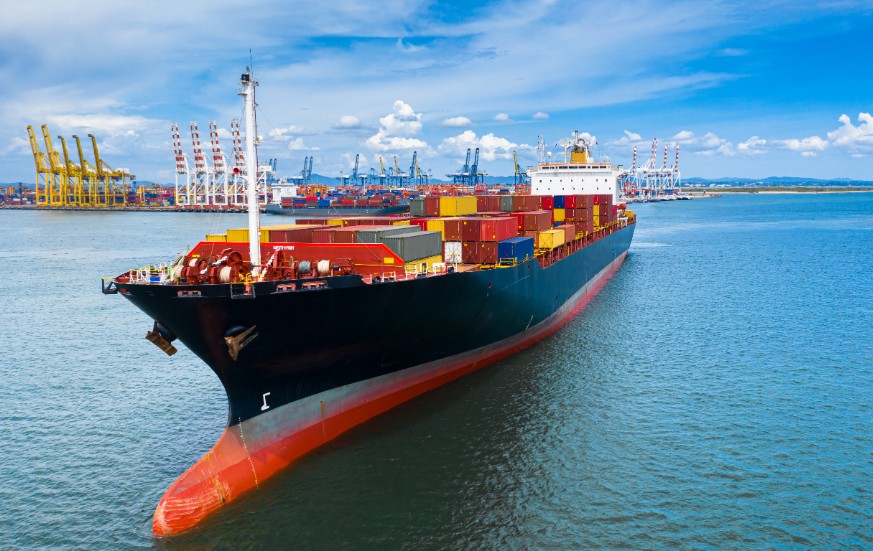
The Panama Canal Authority (PCA) has announced further cuts to the number of ships that can pass through the Central American waterway, citing the region’s worst drought in 70 years.
The PCA said that, starting from tomorrow (3 November), the number of reservation slots will drop to 25, down from 31, before declining further over the coming months.
The number of reservation slots will drop to as low as 18 until 1 February 2024. These restrictions will last “until further notice”.
Since the Panama Canal can handle up to 40 transits a day normally, this means that the waterway could be operating at less than 50% capacity early next year.
Drought
The PCA blamed droughts and other climate-related activity as the cause of these restrictions. It said:
“This month of October is the driest since the earliest registers, 73 years ago. The drought caused by the El Niño phenomenon continues to impact the Panama Canal’s reservoir system and, as a result, water availability has been reduced.”
The authority also urged its customers “to make reservations in order to transit as programmed”.
The number of slots made available to shippers has been slowly reduced over the past few months, as authorities deal with “historically unprecedented” weather conditions that have hit the canal.
Market impact
Splash 24/7 said that the news of further cuts has increased the pressure on energy shippers, as very large gas containers (VLGC) will now have to travel via either the Suez or Cape of Good Hope, rather than through the Central American passage.
The average one-way VLGC trip between the US and China takes around 30 days via the Panama Canal. This would increase to 40 or 45 days via the Suez or the Cape of Good Hope, respectively.
In a note to investors, investment bank Jefferies said:
“The VLGC sector is likely to see the biggest disruption as it has the highest percentage of its fleet operating through the canal.”
Wait times
Other forms of shipping, including container vessels, are also likely to face either extended waits outside the canal or otherwise be rerouted to much longer routes.
According to Tradewinds, data from Clarksons Research showed that the average wait for cargo vessels around the Panama Canal was 58 hours in the month of September.
Although this represented a fall from the average 70 hour wait time in August, it was still well above the long-term average of 36 hours.


